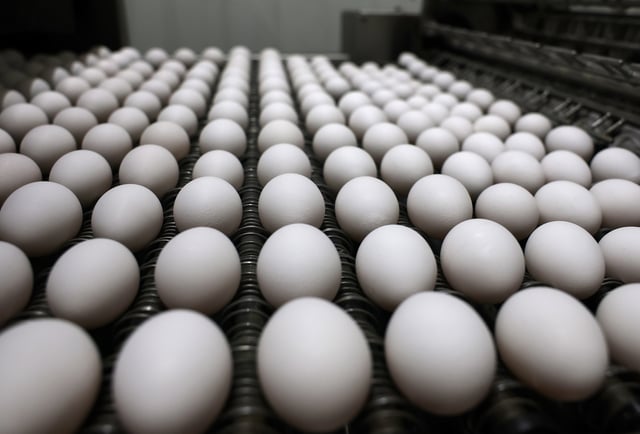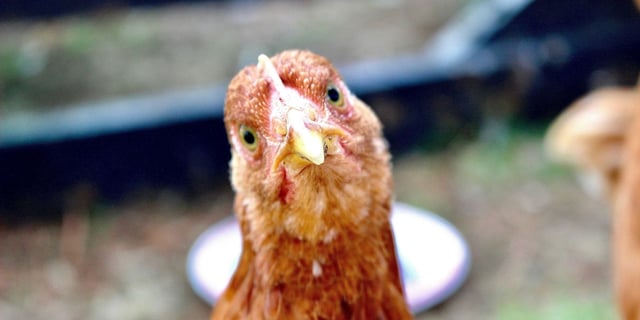Overview
- H5N1 avian influenza was first identified in US dairy cattle in March 2024, with three confirmed crossover events from birds in Texas, Colorado, and Arizona.
- The virus has now affected dairy herds in 17 states, with over 970 herds testing positive, and has been linked to 70 human cases, primarily among those with exposure to infected dairy cattle or poultry.
- Milk from infected cows is a key vector for virus transmission, though pasteurization effectively eliminates the threat; raw milk consumption poses higher risks.
- The USDA has launched a national milk testing program and approved field trials for a dairy cow vaccine, but recent funding prioritizes poultry, leaving dairy cattle biosecurity gaps.
- Experts warn that the virus's persistence in dairy cattle and poultry increases the risk of human transmission and potential evolution into a pandemic strain.


